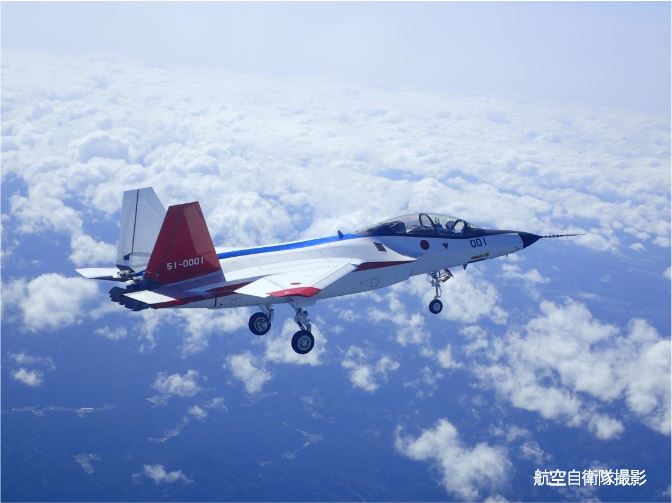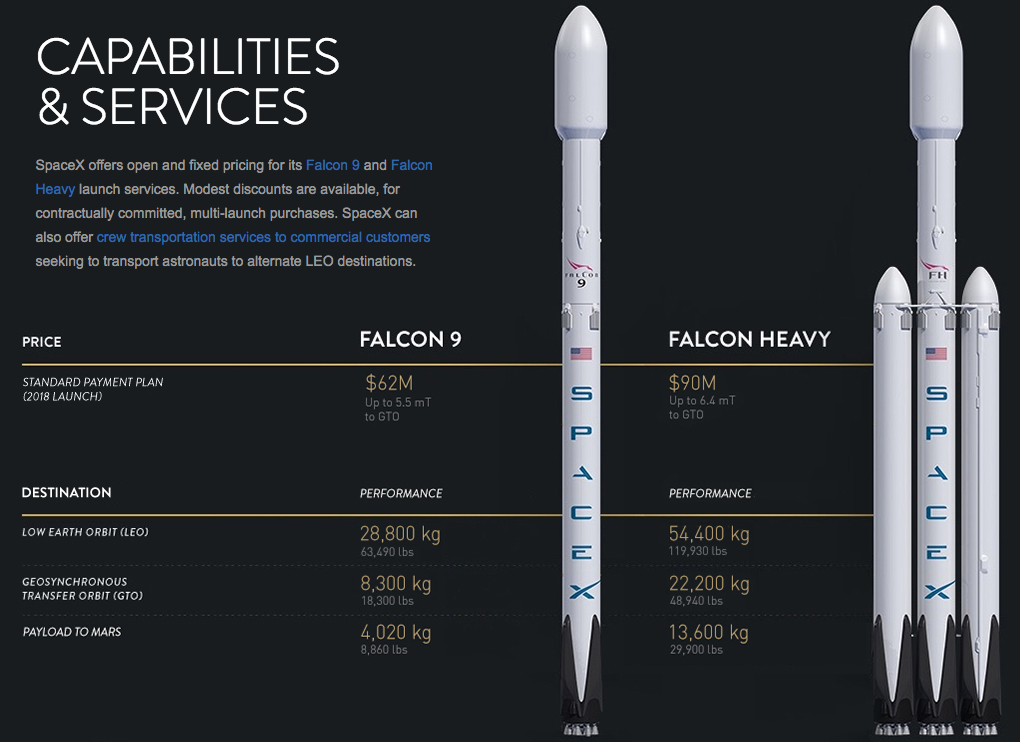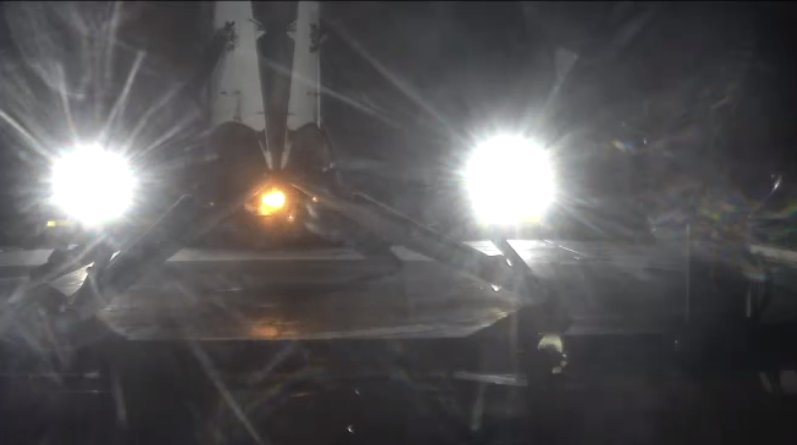 Vostochny Spaceport
Vostochny Spaceport
Viktor Mokhov
http://www.mdb.cast.ru/mdb/2-2016/item1/article3/
Russia’s new Vostochny Spaceport in the far eastern Amursk Region will facilitate key research programs and serve important economic and geopolitical goals. The Vostochny construction project has been mired in major financial problems and corruption scandals. Nevertheless, the first phase of the project has been delivered almost on schedule; it has taken about the same time to complete as similar projects in other countries.
The Soviet Union’s main spaceport – or cosmodrome, to use Russian terminology – was Baikonur. It was built in the mid-1950s in a desert in Kazakhstan, east of the Aral Sea. The world’s first satellite, and the world’s first manned space mission by Yuri Gagarin, were both launched from Baikonur in 1957 and 1961 respectively.
Apart from Baikonur, the Soviet Union had two other spaceports. Plesetsk in Russia’s northern Arkhangelsk Region was mainly used to launch remote sensing and high-latitude communication satellites. More than 80 per cent of Soviet military satellites were launched from Plesetsk. The third Soviet spaceport was Kapustin Yar, situated in the steppe near the Volga river. It was used very rarely due to its inconvenient geographic location; the flight paths of the rockets launched from there crossed some densely populated and industrially developed parts of Russia.
Baikonur’s problems
After the break-up of the Soviet Union in 1991, Baikonur became the property of newly-independent Kazakhstan, even though Russia remained its sole operator. In 1992 and 1993 the number of space launches from the spaceport fell sharply because the Russian economy plunged deep into crisis. Amid the post-Soviet chaos and uncertainty, many of the Baikonur staff quit and moved elsewhere. In 1990 there were 140,000 staff and their family members living in Baikonur; by 1994 that number had fallen to 72,000.
Nevertheless, Baikonur remained indispensible to the Russian space program. All manned space missions and space station modules are still launched from Baikonur alone. Thanks to its convenient location in the lower latitudes, the spaceport is also the preferred option for putting satellites into a geostationary orbit.
Russia pursued a two-pronged approach to the Baikonur problem: it launched negotiations with Kazakhstan about the future use of the spaceport, while at the same time looking for possible alternatives. In 1994 Russia and Kazakhstan signed an agreement under which Moscow agreed to pay 115m dollars every year for the Baikonur lease. It also spent about 50m dollars every year on spaceport maintenance, plus another 35m on the town of Baikonur itself.
To recoup some of that spending, Russia began to commercialize its space program. It became normal practice in the 1990s to take foreign astronauts to the Mir space station for cash (20m dollars for a seven-day mission per person), and to launch foreign satellites via Russian carriers (65-80 million for a launch aboard the Proton space carrier).
Kazakhstan also wanted a share of those new revenues, but the lease agreement gave it no leverage. The Kazakh government tried to change that in 1999, when a Proton launch failed on July 6 and a rocket fragment fell in a populated area in Kazakhstan’s Karaganda Region. The fragment did not actually cause any damage, but some of the spilt rocket fuel caused a fire in an area of the steppe. Kazakhstan used the incident as a pretext to ban all space launches from Baikonur, which ran counter to the terms of the lease agreement. On July 15 the space launches were allowed to resume after Russia paid compensation. On October 27, however, another Proton launch failed, and pieces of the wreckage fell in a sparsely populated part of Karaganda Region, causing no casualties. Nevertheless, the Kazakh government demanded a review of the Baikonur lease. It insisted that instead of merely notifying the Kazakh authorities, Russia should apply for permission before each launch. Some members of the Kazakh parliament also wanted a ban on launches of Russian military satellites from Baikonur.
After lengthy negotiations and sweeteners in other areas of bilateral cooperation, Moscow managed to keep the existing terms of the agreement. At a meeting between presidents Putin and Nazarbayev in January 2004, the term of the Russian lease of Baikonur was prolonged until 2050; the rent remained unchanged at 115m dollars. Nevertheless, Russia redoubled its efforts to shield its space program from Baikonur-related uncertainties.
Alternative options
The search for an alternative to Baikonur continued throughout the 1990s. The Russian government initially decided to build a new launch pad at Plesetsk that would be able to accommodate the new Angara carrier, which is larger and more powerful than the Proton. Launched from Plesetsk, Angara carriers would be able to put satellites into a geostationary orbit. But the Russian economy was still struggling, so work on both the Angara program and the new launch pad at Plesetsk was making glacial progress. The first Angara launch from Plesetsk took place only in 2014.
The government reviewed several extraterritorial options, including Air Launch (launching space rockets from a plane), Sea Launch (using a modified oil rig as a floating launch pad), and new launch pads on Australia’s Christmas Island in the Indian Ocean, or at the Guiana Space Center in French Guiana. The Sea Launch and the Guiana projects were brought to fruition, but they were commercial ventures, unable to fully meet the requirements of the Russian civilian space program, let alone the military one.
Svobodny – a failed launch
Another alternative under consideration was to build a new spaceport in Russia itself. In late 1992 the MoD’s Space Forces service was asked to lead such a project. Since one of the requirements for the future spaceport was to accommodate launches into a geostationary orbit, the site necessarily had to be located somewhere in the southern latitudes. Another requirement was for the rocket flight path not to cross any densely populated or industrialized regions. After considering several options, the government shortlisted sites in the south of the Russian Far East and on Sakhalin Island. But these sites had a major drawback in that they were all situated very far from the Russian space industry’s manufacturing facilities.
Several specific sites were considered and then rejected; in the end, the government settled on a town called Svobodny-18 (known as Uglegorsk in 1969-1994) in Amursk Region. In 1964 the town hosted a division of the Russian Strategic Missile Troops. In 1993 the division was disbanded as part of Russia’s nuclear cuts. Its remaining facilities (barracks, power lines, helipad, control and measuring instruments, and five SS-11 ballistic missile silos) were taken over by the Space Forces for use as a future spaceport. The silos were to be used for launches of the Rokot light space carriers. There were also plans to build a new launch pad at Svobodny for Angara heavy carriers.
To bring the new Svobodny spaceport to operational status as soon as possible, the Russian MoD built a new launch pad for Start carriers, which were essentially a modernized Topol (SS-25) solid-fuel ICBM. The Topol system is light and mobile; it can be launched from pretty much anywhere, so there weren’t any difficulties with setting up a launch pad for it at Svobodny.
But it turned out that the government had chosen a bad time and an unsuitable project lead for the Svobodny project. The mid-1990s were the lowest point for the Russian economy and, amid severe spending cuts, the MoD prioritized the maintenance of the Russian nuclear shield over space projects. There was no money in the ministry’s budget for building a new military spaceport. During the entire time Svobodny was in operation, only five Start rockets carrying light satellites were launched from there. Four of those launches were commissioned by foreign customers. Having realized that entrusting a new spaceport project to the MoD was a bad idea, in February 2007 President Putin ordered the closure of Svobodny.
Vostochny: Second attempt
On September 6, 2007 there was another failed launch of the Proton carrier from Baikonur. The wreckage fell some 40km from the city of Jezkazgan. There were no casualties, but Kazakh President Nursultan Nazarbayev happened to be visiting Jezkazgan at the time. Even though the environmental consequences of the incident were quickly cleaned up, Kazakhstan demanded 60.7m dollars in compensation. Russia later managed to reduce that figure to 2.5m, but the incident turned out to be the last straw. Exactly two months later, on November 6, President Putin signed a decree ordering the construction of the new Vostochny spaceport in Amursk Region.
The government appointed the civilian space agency Roskosmos to oversee the project. The financial situation had already become more favorable; oil prices were climbing, reaching a record 145 dollars a barrel in July 2008. So the Russian treasury could well afford such a large and expensive infrastructure project.
Uglegorsk was once again chosen as the site of the new spaceport, but this time round the space agency decided to build new launch pads instead of trying to reuse the existing silos. The pad for the Soyuz-2 medium carrier was to be ready by 2015, and for the Angara-A5 heavy carrier by 2018. Under a presidential decree, the first space launch from Vostochny was to take place before the end of 2015, with the spaceport achieving full operational readiness in 2020.
The chosen site has several disadvantages. It is situated almost 6 degrees latitude north of Baikonur, which will adversely affect the payload for a geostationary orbit. The site also required the construction of a landing strip and a railway branch line to transport rockets and satellites. The location in the far east of the country will increase transport overheads, since most of the Russian space industry facilities are in Moscow, Samara, and Zheleznogorsk (Krasnoyarsk Territory). The site also lacked accommodation and infrastructure for spaceport personnel.
But the choice was partially dictated by economic development of the Far East, so the government decided that it could live with a more expensive project. The initial plan was to allocate about 164bn roubles (5.3bn dollars at the 2011 exchange rate) by 2016.
The Vostochny project got off to a slow start. In July 2008 the project secured the approval of the Roskosmos board. The engineering design phase began in 2011. Preparations at the actual sight began in September 2011. By 2012, work was already under way on all the key parts of the future spaceport, including the launch pad and support facilities, the railway line, roads, the landing strip, and the power line.
In March 2013 the head of the Dalspetstroy far-east construction company, Yuriy Khrizman, shared some details about the project with the media. “The problem was that the far eastern companies proved unable to supply more than 30 per cent of the necessary construction materials,” he said. “The remaining 70 per cent had to be ordered from companies in western Russia because the far eastern supplies either didn’t make them at all, or the quality was inadequate.”
Online supervision
In September 2014 President Putin inspected the Vostochny construction site. After touring the facilities, he said that the project was two months behind schedule, and that only 6,000 people were working at the site instead of the required 12,000-14,000. As a result, he stripped Roskosmos of its role as the project lead, and gave the overall supervision role to the Russian Cabinet, appointing Deputy Prime Minister Dmitriy Rogozin personally responsible.
From then on, Rogozin began to inspect the site almost every month. In February 2015 he ordered technicians to install web cameras so that progress at the site could be monitored remotely and round the clock.
Inspections also revealed other problems, not all of them technical. Almost inevitably for such a large and expensive project, there was clear evidence of corruption and embezzlement. Some of the top managers at subcontractor companies were taken into custody, and dozens of separate criminal investigations were launched.
There has been some industrial action as well, with disgruntled workers complaining of wage arrears. In early April 2015, 20 employees of the launch pad subcontractor Stroyindustriya-S went on a hunger strike. Another 100 people laid down their tools. Deputy Prime Minister Rogozin had to intervene personally, asking the men to go back to work and giving them a personal assurance that they would get paid. Shortly afterwards the Investigations Committee launched a probe into misappropriation of funds, and the company chief was sentenced to 11 months in jail.
In October 2015 President Putin arrived for another inspection of Vostochny. All the main facilities of the first phase of the project had already been put in place, and engineers were installing the equipment. The president said he was happy with the progress, and allowed the date of the first launch to be pushed back from late 2015 to the first half of 2016.
In order to meet the new deadline, construction workers at Vostochny even sacrificed most of their Christmas holidays. Comprehensive testing of the spaceport systems began on March 26. On April 4, it was finally announced that the first rocket launch from Vostochny would take place on April 27.
China’s example
Despite all the numerous problems, Vostochnhy was built fairly quickly. For comparison, China announced its own plans for a new spaceport on September 22, 2007, i.e. almost simultaneously with Russia. The Chinese chose a site near the city of Wenchang on the northeastern coast of Hainan Island. Unlike Vostochny, the Wenchang site already had well-developed transport and energy infrastructure nearby, with large local companies providing all the necessary materials. Construction of all the main facilities of the Wenchang spaceport was completed in October 2014. The first space launch is scheduled for June 2016.
Vostochny’s benefits
The Vostochny space center will give Russia independent space launch capability for the entire range of its space programs, including research, commercial, and manned space flight. Compared to Baikonur, Vostochny has more up-to-date technical facilities. Russia’s international and commercial space programs will no longer depend on Kazakhstan’s good will. It is possible that at some point in the future it may even relinquish its lease of Baikonur altogether.
The huge Vostochny construction project has also improved the social and economic situation in Amursk Region, and spurred the development of local industry. Finally, the new spaceport is also seen as an important part of the government program to reverse the outflow of population from the Russian Far East.






















